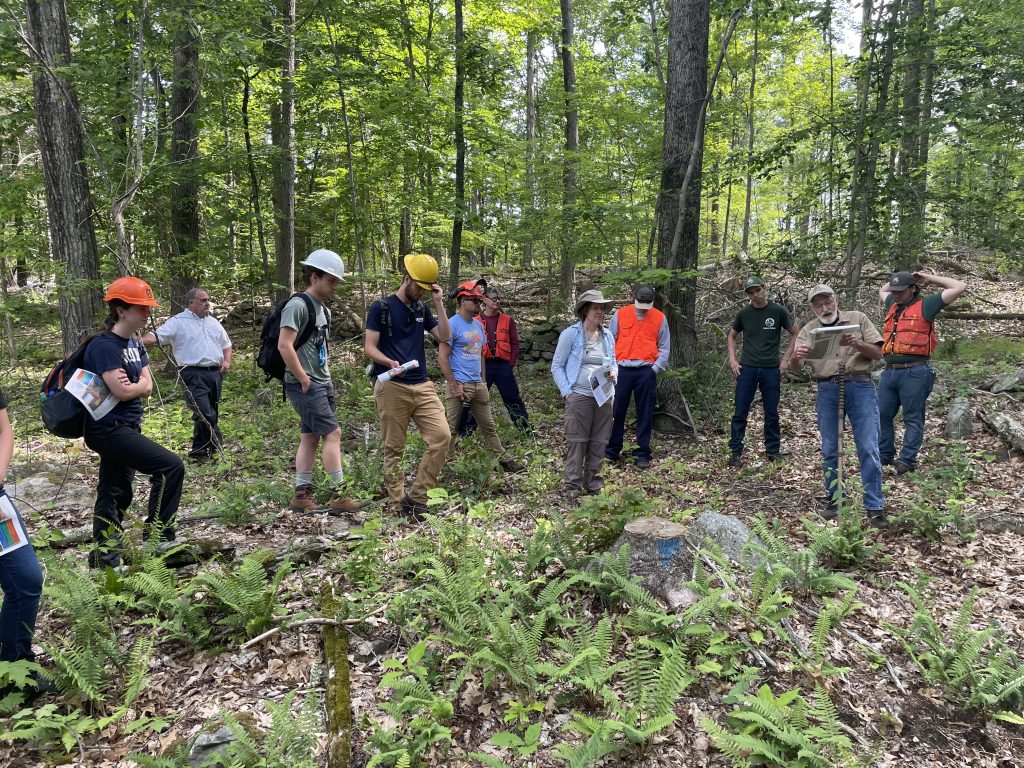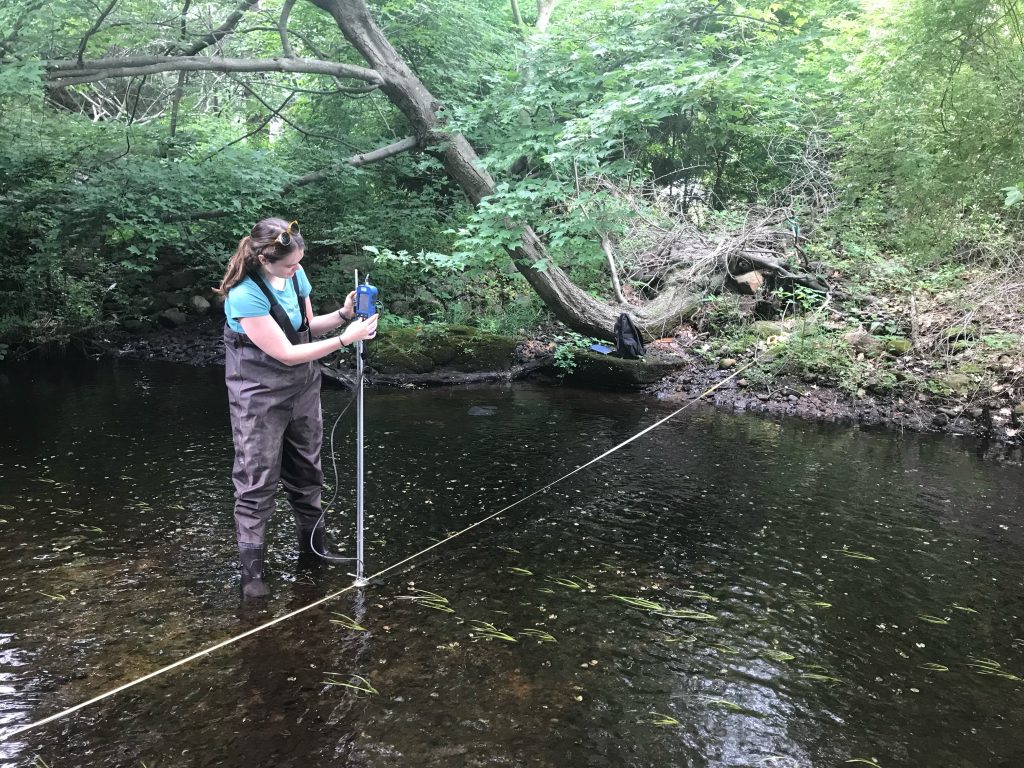Natural Resources & the Environment
Greening with Equity: Dearth of Ecosystem Services Corresponds to Non-White Areas
A new UConn study explores how communities of color remain excluded from all that nature has to offer
November 1, 2022 | Anna Zarra Aldrich, College of Agriculture, Health and Natural Resources
‘The Problem is Nature Just Isn’t Natural Anymore’
As Connecticut’s trees are pushed to the brink by climate change, UConn researchers are working to help make New England woodlands more resilient
October 31, 2022 | Elaina Hancock
Amy Harder Appointed Associate Dean of UConn Extension
Harder will lead UConn Extension's programs, which serve all of Connecticut's 169 municipalities
October 28, 2022 | Anna Zarra Aldrich, College of Agriculture, Health and Natural Resources
From Wyoming Mountains to Connecticut Forests, Tracking Feline Apex Predators
UConn researchers have developed a model for tracking apex feline predators like mountain lions and bobcats in the wild
October 25, 2022 | Anna Zarra Aldrich, College of Agriculture, Health and Natural Resources
Opening the Gates for Arctic Science
This work provides fundamental understanding of how the Arctic is responding to climate change
October 19, 2022 | Anna Zarra Aldrich, College of Agriculture, Health and Natural Resources
The Travails of an Alewife: Dams, Drought, and Climate Change
UConn researchers are studying the alewife – a threatened species and vital food web component -- for clues on how CT waterways and their inhabitants will adapt to climate change
October 18, 2022 | Elaina Hancock
Meet the Undergraduate Researcher: Giselle Malloy, CAHNR
Giselle Malloy '23 has a passion for environmental justice that has led to intriguing undergraduate research opportunities in water stewardship. This profile is part of a series for UConn's Month of Discovery.
October 17, 2022 | Mac Murray
Viewing Earth from Space at Night: Tracking Our Changing Black Marble
Turning on the lights when the sun goes down offers great insights into a range of human activities. Now scientists have a way to make better use of satellite data monitoring nighttime light changes
October 12, 2022 | Elaina Hancock
UConn Researchers Assessing the Aftermath of Hurricane Ian
Remote sensing experts applied their expertise to satellite imagery of the storm's aftermath, in hopes the information will aid in rescue efforts
October 5, 2022 | Elaina Hancock
Connecticut Institute of Water Resources Expands Groundwater Safety Efforts
The U.S. Department of Agriculture is funding an effort to lessen contamination of groundwater and enable more frequent testing of rural wells
September 23, 2022 | Loretta Waldman, Special to the OVPR









